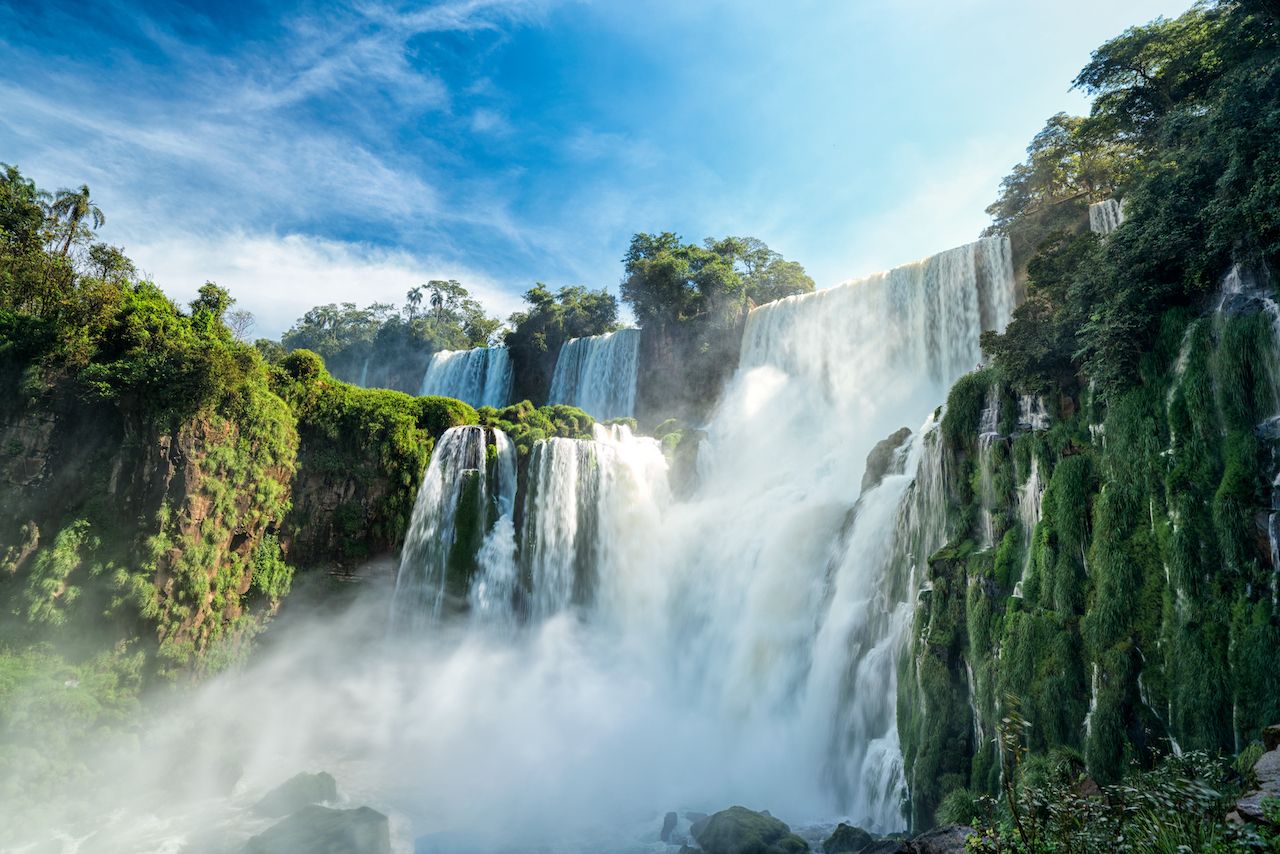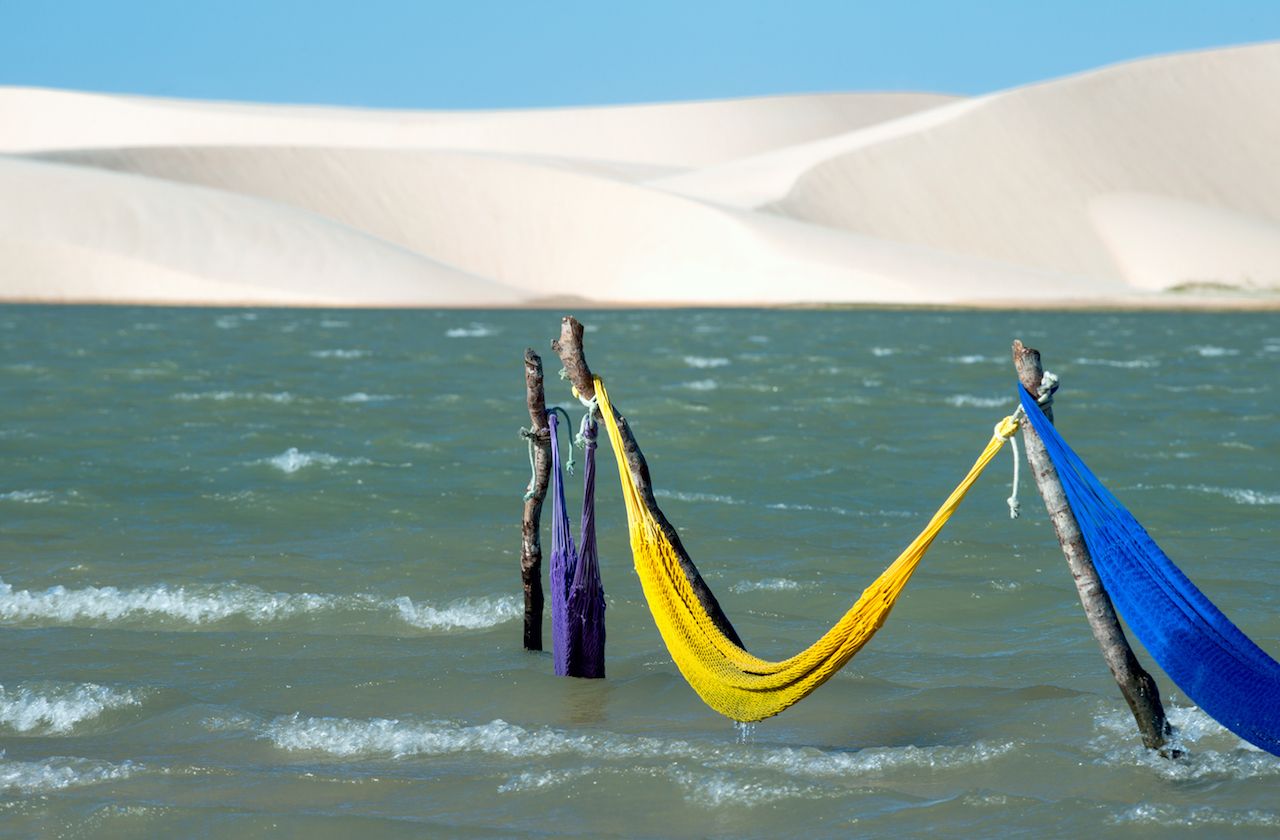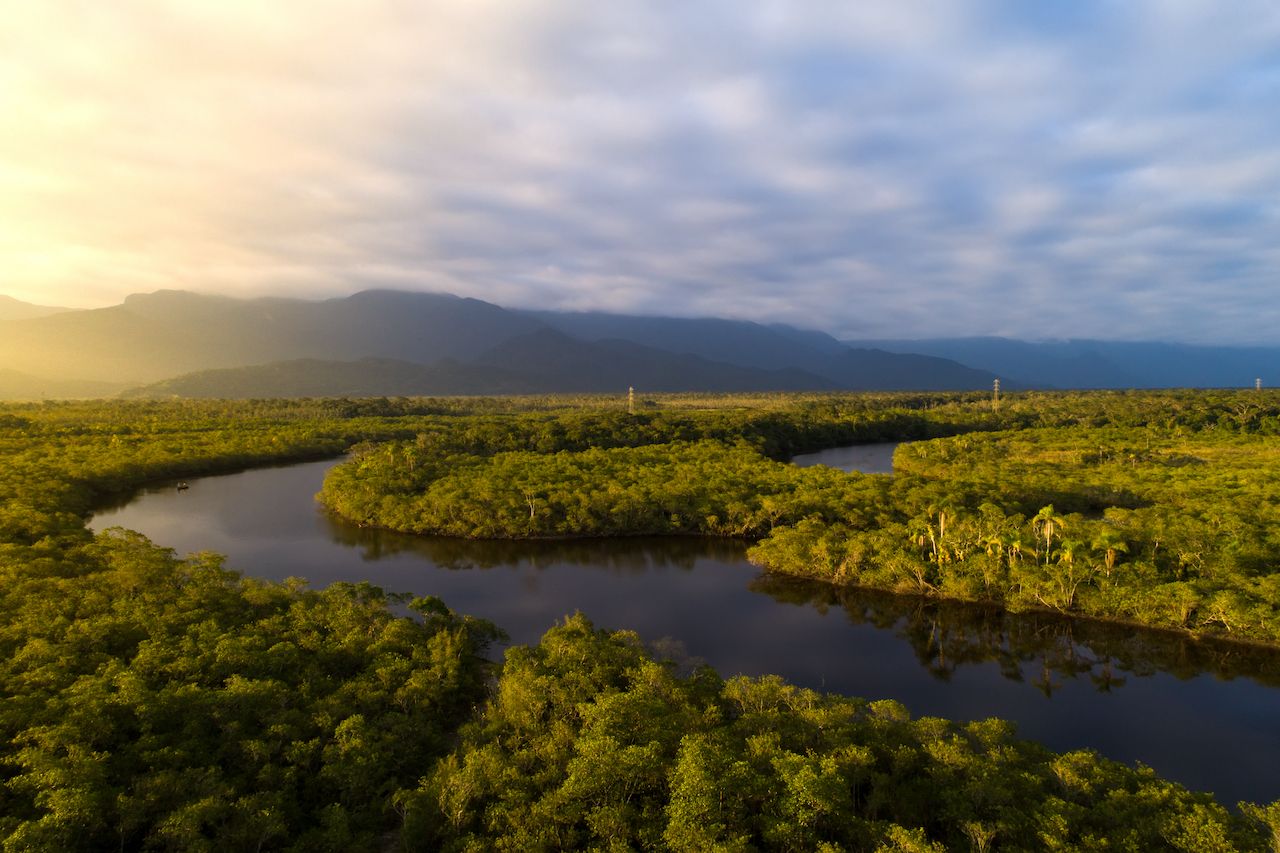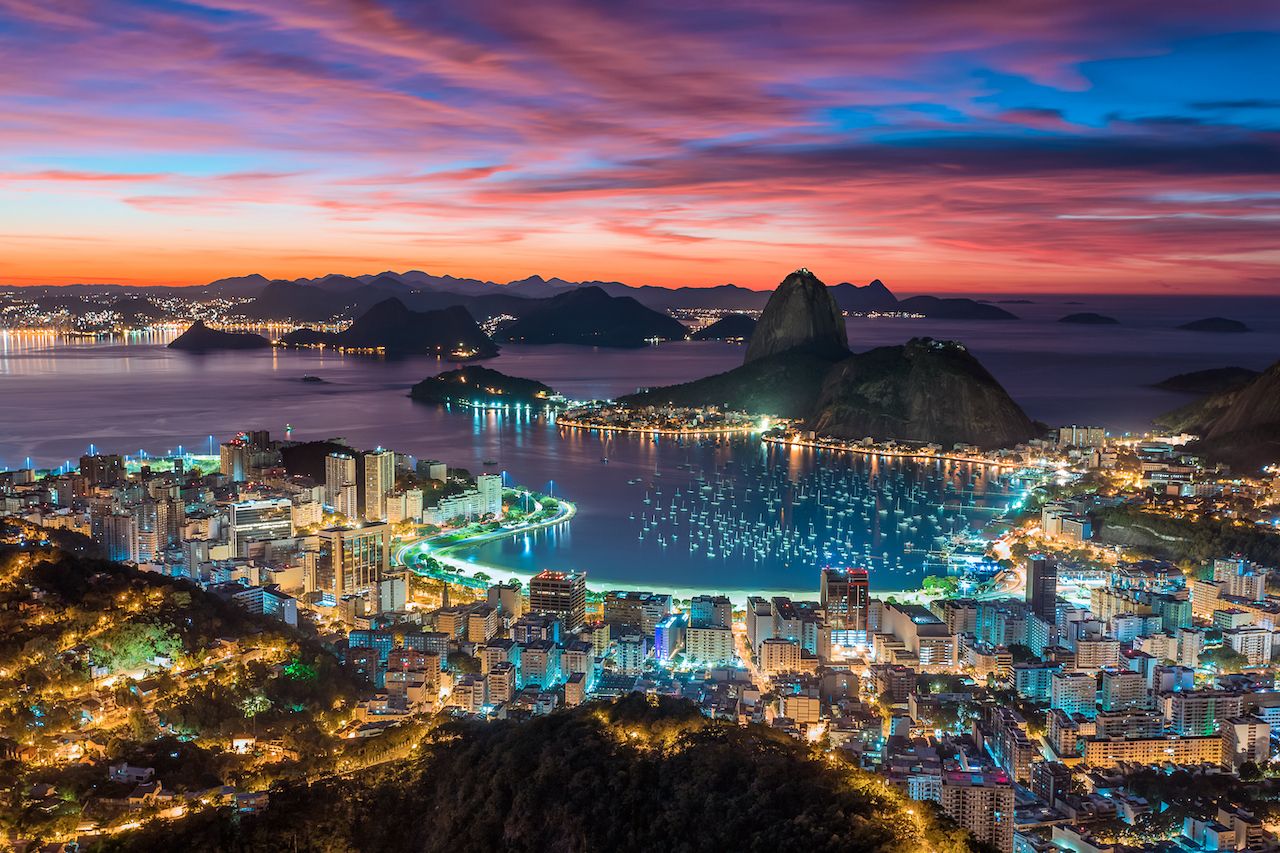1. Inhotim (Brumadinho, Minas Gerais)
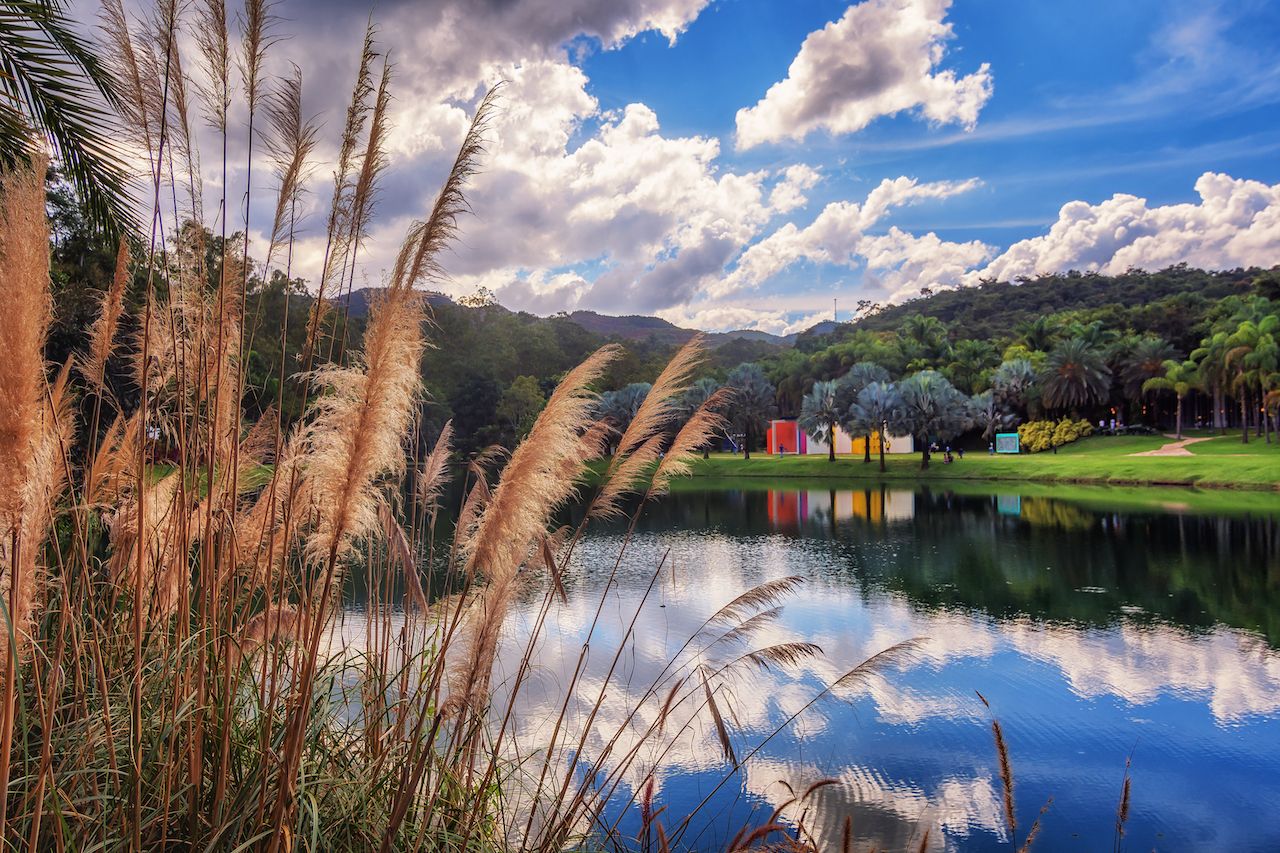
Photo: Antonio Salaverry/Shutterstock
This one goes out to art lovers everywhere. Imagine a private property set within mountains, ornamented with exquisite plants and some of the most dramatic visual installations you’ve seen. Welcome to Instituto Inhotim.
A first-time visitor should take at least two days to see it all. The biggest outdoor center of arts in Latin America, Inhotim is an immense botanical garden holding ~500 pieces produced by Brazilian and international artists spread over a property comprising 3,000 acres. Some are big names, such as Dan Graham and Hélio Oiticica. My favorite piece is this mirror glass structure hidden inside the woods.
The place is super organized, the ticket price isn’t outrageous, and there are lodging options for every budget. As Brazilians so often say: “It doesn’t even feel like we’re in Brazil!” #risos

